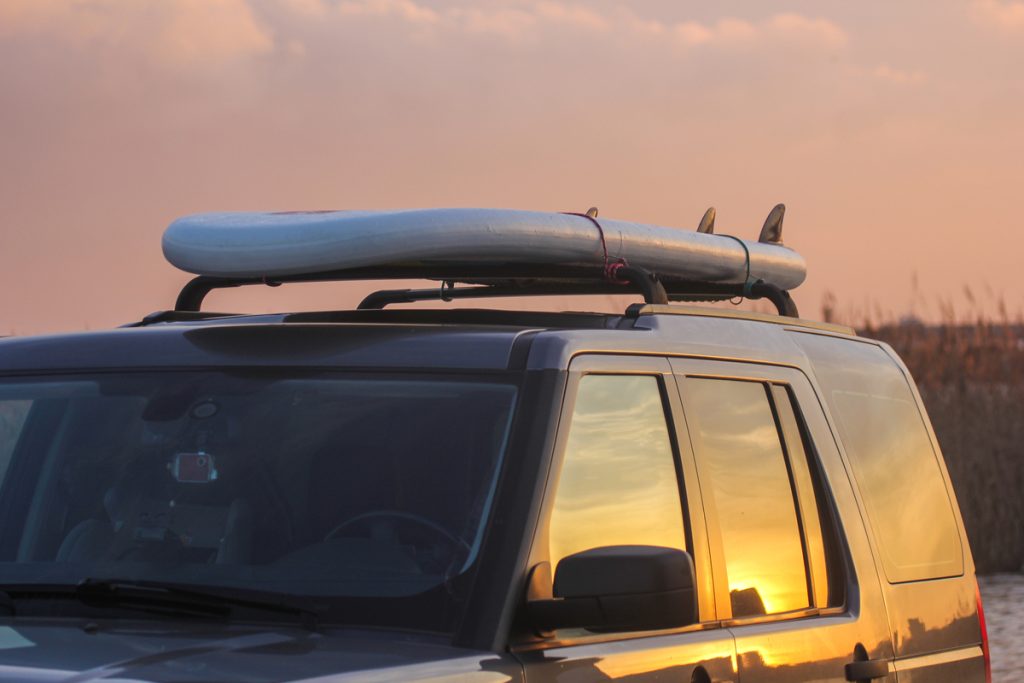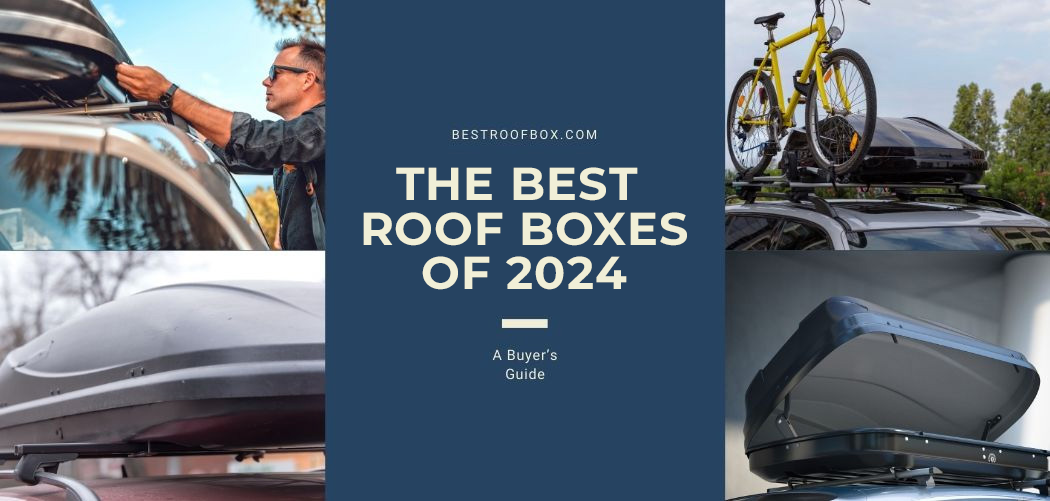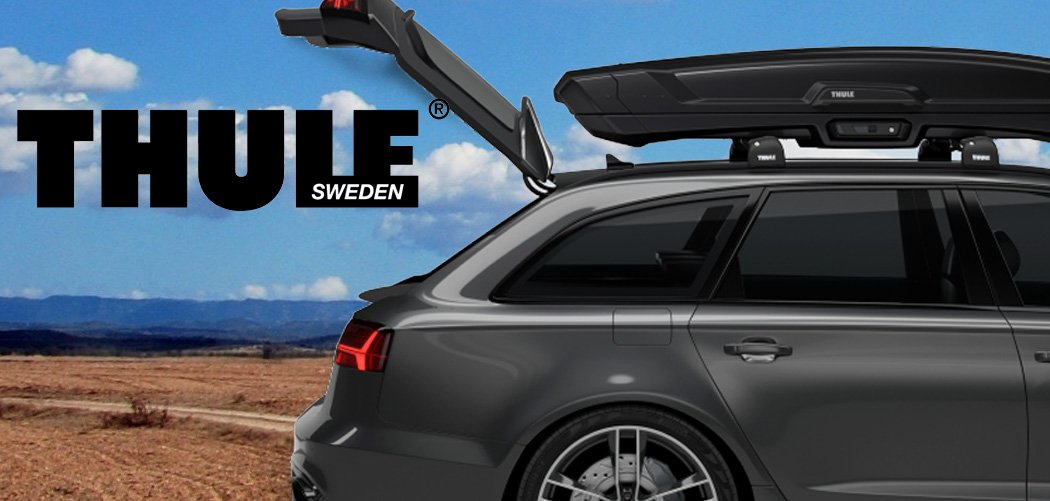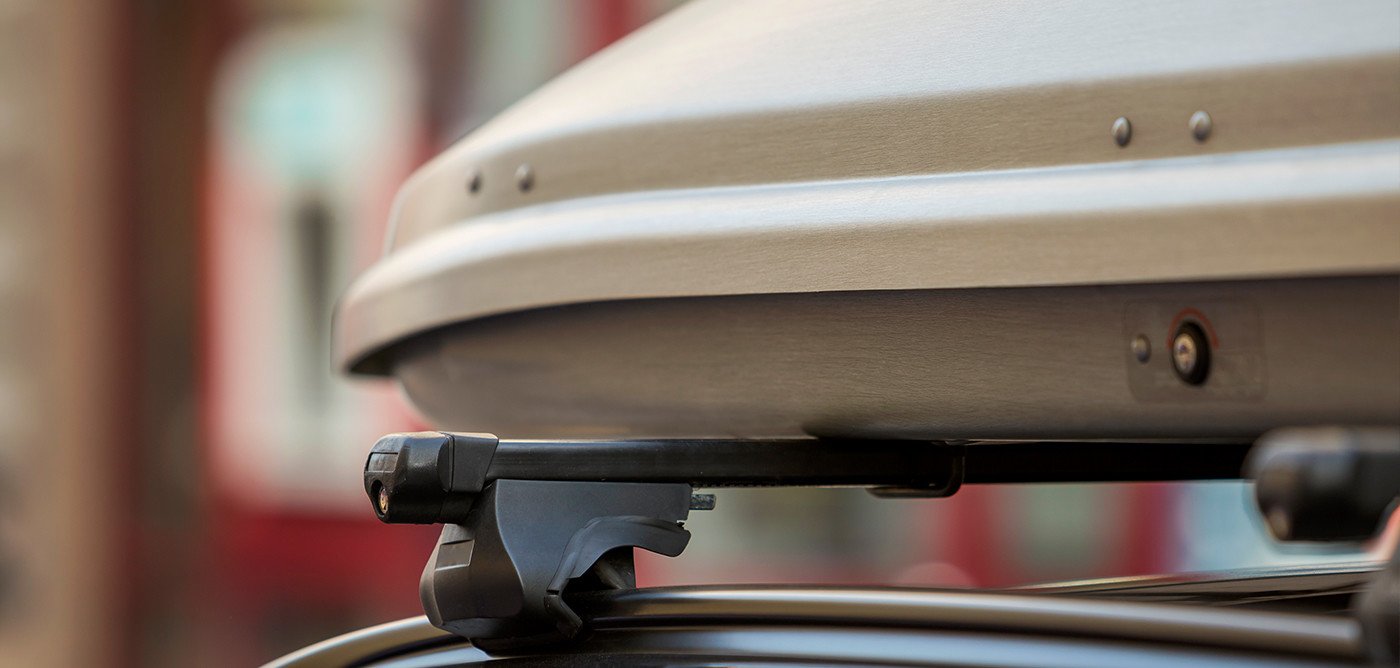Paddleboarding has become very popular over the last few years. It is a form of surfing on calm water, with a paddle to steer you along.
It’s known as a wonderful stress reliever, and a great workout too! If you want to take part in this sport, you’ll need some equipment.
This includes a paddleboard, a waterproof bag, and a life jacket. A paddleboard is a surfboard-like device that allows you to float on water.
It’s great exercise and fun, but the downside is that it takes up a lot of space, as these boards can be pretty massive.
That’s why you need to choose the right size. ,You should also consider buying a roof rack to carry your gear around.
There are several types of racks available, and they come in various sizes and styles.
Table of Contents
Types Of Paddleboards
There are three main types of paddleboards you can purchase; epoxy paddleboards, soft top paddleboards, and inflatable paddleboards.
Each type has its own pros and cons.
Epoxy Paddleboards
These boards have an outer shell made from fiberglass or polyethylene.
They’re usually lighter than other types of board, and they’re more durable. However, they tend to be heavier and less flexible than other types of board.
Soft Top Paddleboards
Soft top paddleboards are similar to epoxy paddleboards. The difference is that these boards have a fabric cover instead of plastic.
They’re much lighter than their hardtop counterparts. But they don’t offer the same durability.
Inflatable Paddleboards
Inflatable paddleboards are lightweight and easy to store. They’re also inexpensive, but they aren’t as sturdy as the others.
They’re perfect for beginners who just want to try out paddleboarding.
Roof Racks
If an inflatable paddleboard is the kind of board you are using, you won’t need to worry about a roof rack, as these boards are inflatable and come with their own bag, so they are very easy to transport!
However, if you have an epoxy or soft-top paddleboard, you may need a roof rack unless you drive some kind of truck that will allow you to fit it inside.
You can buy them at any hardware store. You will usually have the choice between soft roof racks and straps, or hard roof racks.
There are pros and cons to both, and we will go into some detail on them in this article.
Choosing Between Soft Racks & Straps And A SUP Rack System
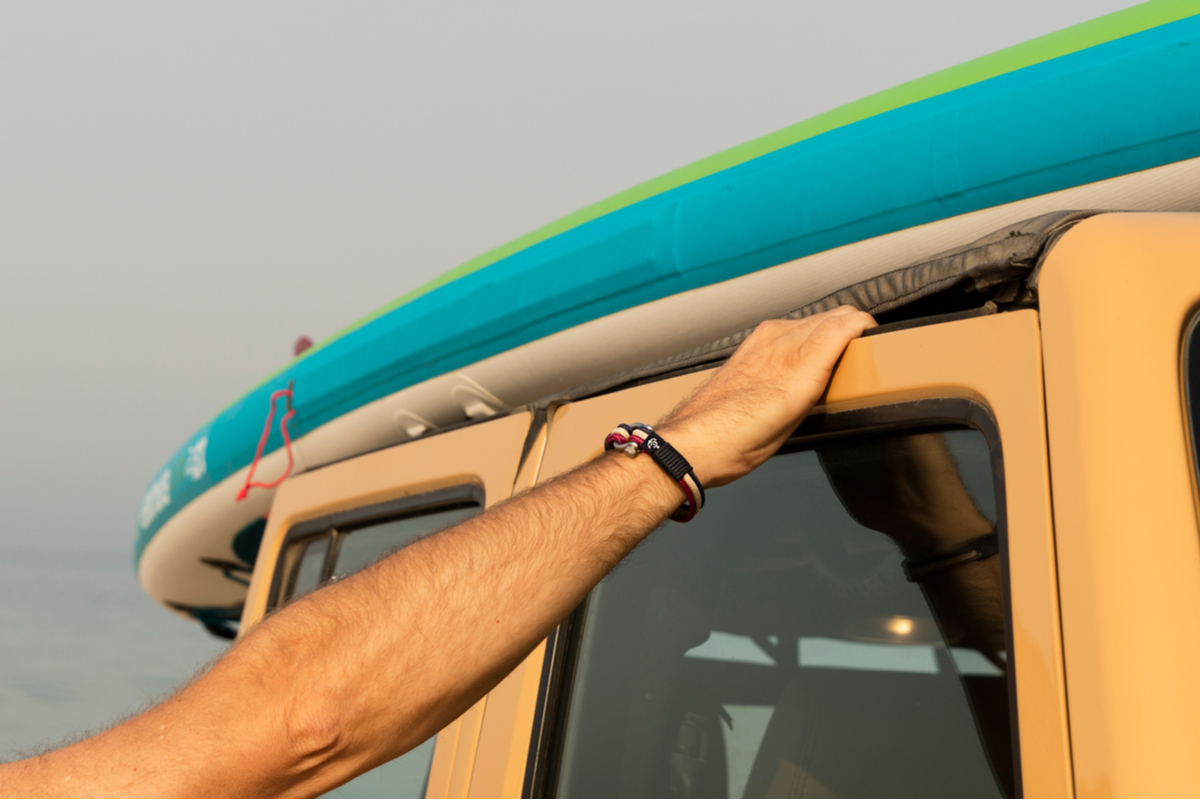
Soft racks are great because they are lightweight and don’t take up much space.
You also don’t need to have crossbars attached to your car to install them, but if your car does have crossbars, you can attach them to this.
These racks are simply strap-based made with padded straps, and they have buckles and locks.
To install them, you only need to tie and buckle them to the board and car.
They are great if you are traveling and renting a car, as you can carry them with you and attach them to any car you will use.
However, they don’t provide as much security as a SUP rack system, which we will go into detail soon.
You also shouldn’t drive more than 100kph with them, and if there’s stormy weather where you are, they may not be as secure.
Soft Roof Rack Pads & Straps
Soft roof racks are the most affordable option. Roof rack pads & straps are cheaper than other types of roof rack systems.
Paddleboards should be secured tightly to the roof rack.
You can also find portable ones as mentioned above, and you can take them with you on your travels for an as-you-go option!
Are Soft Rack Pads & Straps The Right Choice For You?
Soft Rack Pads & Strapping are for transporting your paddleboard within a 50-mile radius.
They’re easy to install and attach with little effort, but it is important to note that they won’t be sturdy enough to withstand long-distance travel.
SUP Racks
SUP racks are made from steel bars. These racks are heavy-duty and durable and are a good option if you aren’t on a tight budget.
They are made, so you have the best security possible for your paddleboard, and you won’t need to worry about it falling off the rack as you drive.
However, your SUP rack system needs to be the same brand as your roof rack system, otherwise it will not fit.
Loading and unloading only takes around a minute, with reassurance that your board is secure and locked in.
This is a good option for those who are likely to travel longer distances with their board and who plan to use it regularly.
Securing Your Paddle Board To Your Racks
To properly secure your paddleboard to the roof of your vehicle, make sure all parts are tightly fastened together.
Before driving off, double-check that nothing is loose or could possibly fall off during rough weather conditions.
Final Thoughts
Roof racks are a great way of transporting your paddleboard to and from your chosen surfing area.
There are a variety to choose from, but if installing a hard rack with crossbars is a little pricey or too much hassle for you, then purchasing an inflatable paddleboard could be the answer to your problems!
Frequently Asked Questions
Can You Keep Your SUP Inflated?
You can store your paddleboard inflated or deflated. It should not encounter any damage either way.
If you do decide to keep it inflated, be sure to release some PSI, because if you are storing your board in an area that is too warm, it could damage the seals of the board.
How Much Does It Cost To Have A Roof Rack Installed On Your Car?
The price will depend on the type of rack and how old your vehicle is.
They can cost as little as $150 for an older vehicle, or $500 for newer vehicles and newer types of racks.
Do Roof Racks Damage The Car?
A roof rack will not cause any damage to your car as long as it has been fitted properly.
